Pulling a vehicle behind a semi-trailer is not only a practical concern for many truck operators but also a legal and logistical one. The ability to effectively transport goods while considering the implications of towing requires understanding a myriad of factors, ranging from equipment capabilities to regulatory compliance. In this comprehensive guide, we delve into the intricacies of pulling a vehicle behind a semi-trailer, addressing the possible methods, legal requirements, and safe practices associated with it.
The Basics of Towing Behind a Semi-Trailer
Understanding Towing Capacity
When contemplating towing a vehicle behind a semi-trailer, the first step is understanding the towing capacity of the semi-truck in question. Towing capacity refers to the maximum weight that a vehicle can safely pull without overexerting its engine, brakes, or structural integrity.
Tractor Specifications: Different models of semi-trucks have varying towing capacities, often detailed in the owner’s manual. Factors influencing towing capacity include:
- Engine power (measured in horsepower)
- Torque output
- Weight of the semi-trailer
- Axle configurations
Load Distribution: Understanding weight distribution is crucial. Ensure that the loaded weight is evenly distributed across the axles to prevent overloading any single point, which can lead to diminished handling and braking capabilities.
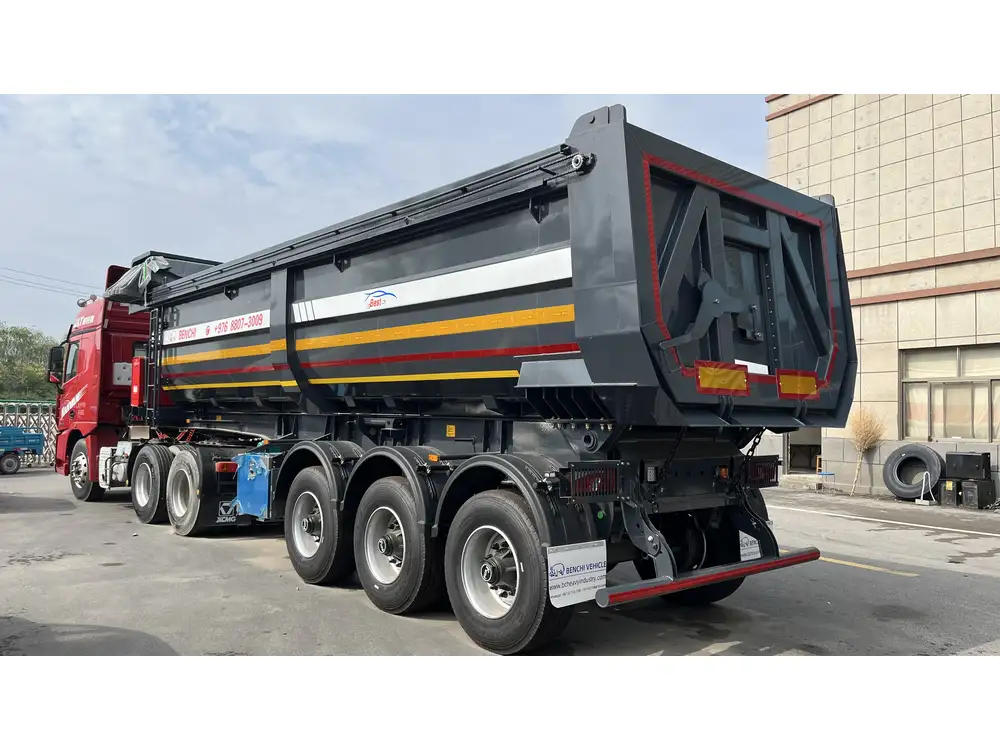
Types of Vehicles Suitable for Towing
Not all vehicles are designed to be towed behind a semi-trailer. It’s essential to differentiate between vehicles based on their compatibility and weight classifications:
Passenger Vehicles
Passenger cars, SUVs, and light trucks can often be towed behind semi-trailers under the right conditions. However, consider the following:
- Weight Restriction: Ensure that the total weight of the towed vehicle plus cargo does not exceed the semi-trailer’s towing capacity.
- Towing Equipment: Use suitable equipment, such as car dollies or tow bars specific for the types of vehicles being towed.
Larger Vehicles
Towing medium or heavy-duty vehicles requires more specialized equipment:
- Heavy Tow Trucks: These are often used in professional settings to tow larger trucks or construction vehicles. Make sure to use heavy-duty tow bars or trailers specifically designed for such operations.
- Legal Restrictions: Certain states have stringent regulations regarding the towing of large vehicles, so it is vital to consult local laws.

Legal Considerations When Towing Behind a Semi-Trailer
Licensing Requirements
Before engaging in the act of towing, ensure that you have the proper licensing to do so. In many countries, a larger license category may be necessary when driving a combination of vehicles that includes a semi-trailer and an additional towed vehicle.
Weight Limits and Regulations
Each state or region has specific regulations regarding weight limits for towing:
- Federal Regulations: The Federal Motor Carrier Safety Administration (FMCSA) outlines regulations on weight limits, which typically restrict a gross vehicle weight rating (GVWR) to 80,000 pounds for trucks on roads.
- State Variations: Additionally, individual states may have their regulations concerning how much can be towed and specific requirements for the size and type of hitches used.
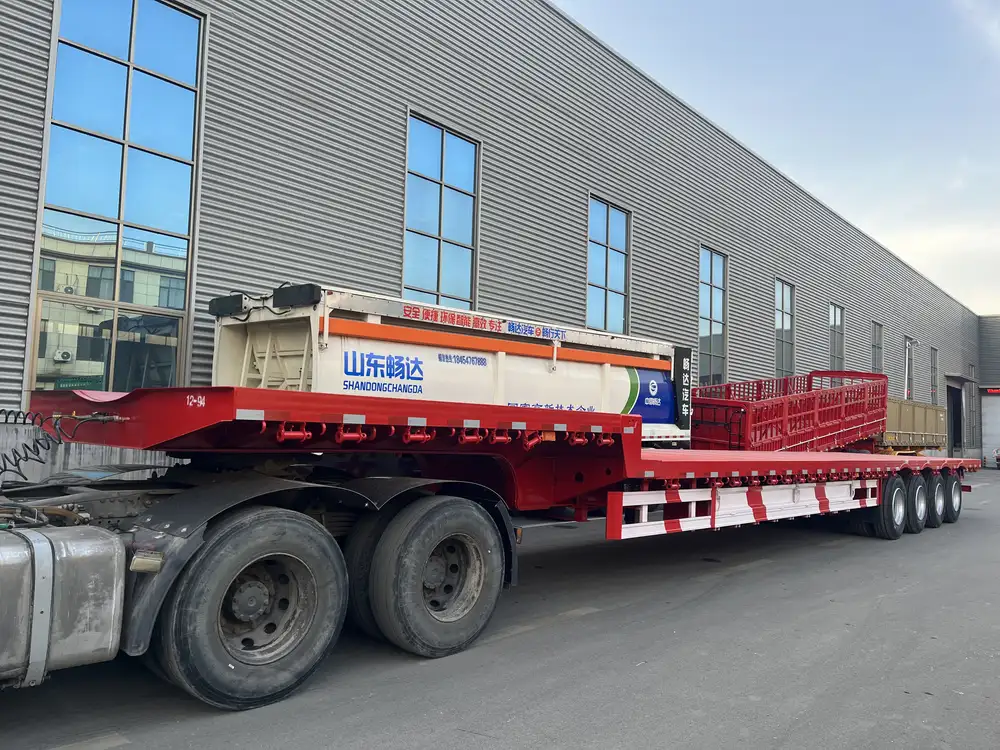
Insurance Considerations
It’s crucial for operators to adequately insure both the semi-trailer and the vehicle being towed. Ensure your commercial vehicle insurance covers the specific scenario of towing other vehicles, including any possible damages or liability in the event of an accident.
Equipment Needed for Towing a Vehicle Behind a Semi-Trailer
Hitches and Couplers
Choosing appropriate hitches and couplers is vital for secure towing. The options include:
- Fifth Wheel Hitches: Primarily used for connection to a semi-trailer, they can be adapted for towing additional vehicles in certain configurations.
- Tow Bars: These are ideal when towing standard vehicles and offer simplicity in connection and disconnection.
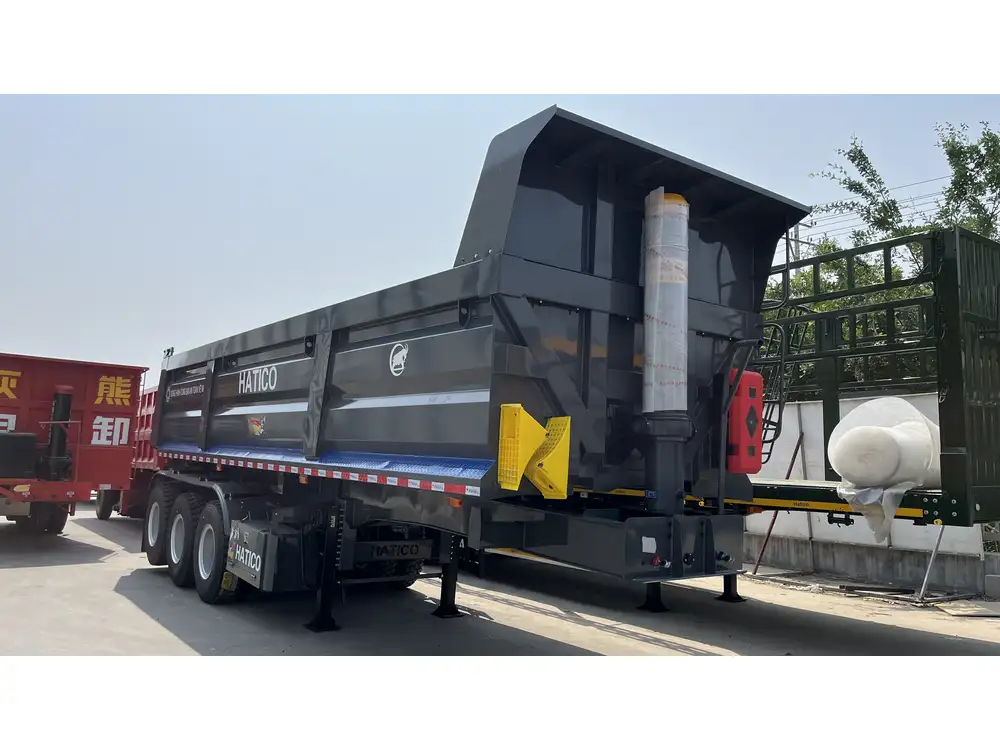
Safety Chains and Straps
Always use safety chains in conjunction with your primary towing apparatus. These provide a secondary safety connection in case of detached hitches.
- Straps and Tie-Downs: For secure transport, ensure that the towed vehicle is adequately strapped down using high-strength ratchet straps to inhibit shifting during movement.
Lighting and Brake Systems
To comply with regulations regarding visibility and braking, ensure that any towed vehicle has functioning brake lights and turn signals.
- Auxiliary Brake Systems: For larger towed vehicles, consider using auxiliary brake systems to improve stopping efficiency.
Safe Practices When Towing Behind a Semi-Trailer
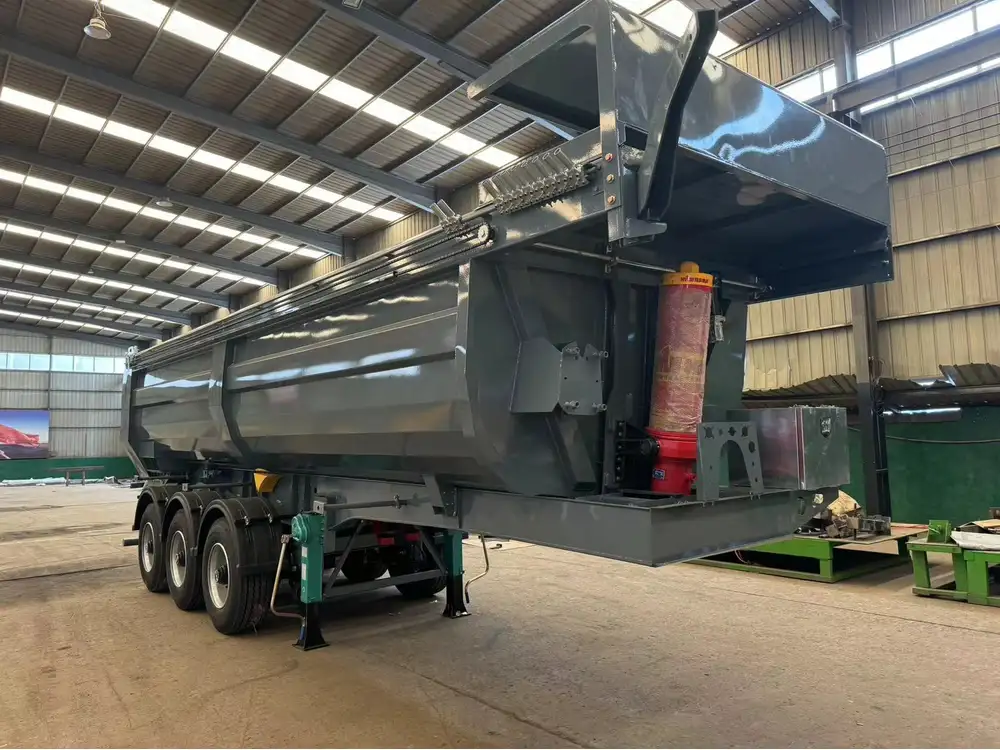
Pre-Towing Checks
Before embarking on any journey while towing, perform a thorough pre-tow inspection:
- Vehicle Inspection: Check the semi-trailer and towed vehicle for proper fluid levels, tire pressure, and functioning lights.
- Hitch Compatibility: Verify that the hitch and safety chains are correctly fastened and adjusted to the appropriate height.
Maneuvering Challenges
Towing a vehicle changes the dynamics of driving and maneuvering. It’s essential to be aware of changes to:
- Turning Radius: Towing will affect your vehicle’s turning radius; give yourself more time and distance to make turns.
- Stopping Distance: Anticipate longer stopping distances and drive accordingly, especially when routes involve hills or heavy traffic.
Monitoring the Load
During transit, regularly monitor the load for any shifting or movement, particularly on longer hauls. Frequent stops for inspection can prevent accidents or damage.
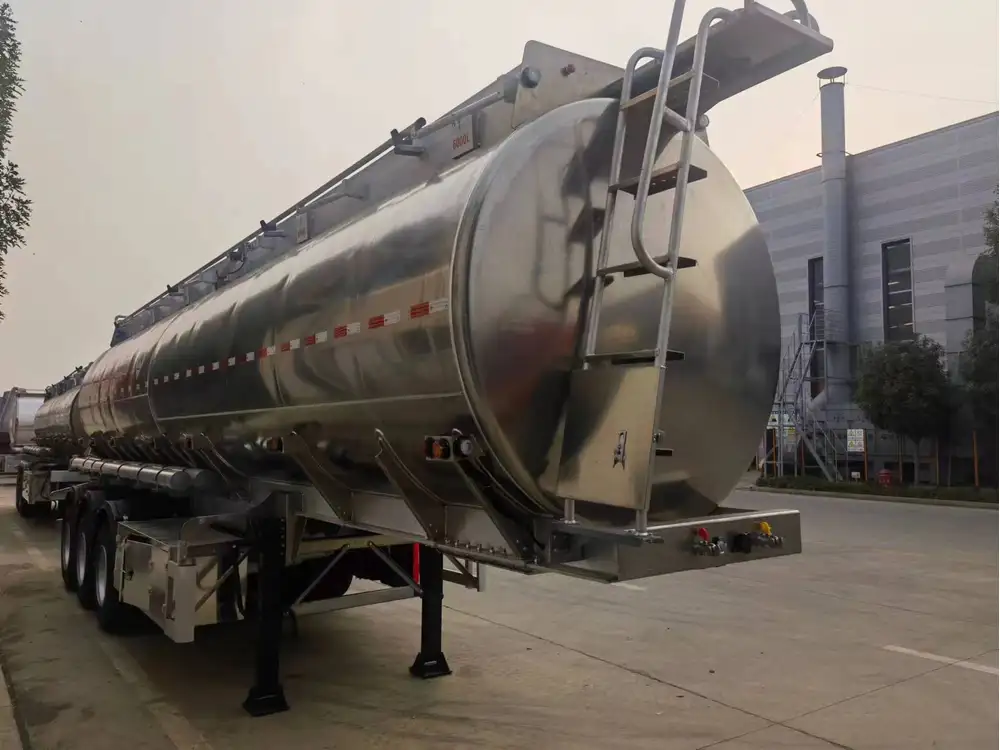
Common Mistakes and How to Avoid Them
Underestimating Weight
It’s easy to underestimate the weight of the vehicle being towed. Always weigh both vehicles if uncertain and cross-reference against the towing capacity.
Ignoring Local Regulations
Failing to abide by local regulations can lead to heavy fines and safety hazards. Always research local laws concerning towing practices in your area or route.

Poor Equipment Quality
Using substandard towing equipment can lead to breakages or malfunctions. Invest in high-quality products from reputable manufacturers to ensure safety and reliability.
Conclusion
In summary, pulling a vehicle behind a semi-trailer is entirely feasible but requires an in-depth understanding of individual towing capacities, legal restrictions, and safe practices. By adhering to the guidelines detailed above, you can ensure not only compliance with the necessary regulations but also a safer and more efficient towing experience. Whether you are in the business of transportation or simply need to tow a vehicle for personal reasons, being informed and prepared is key to successful operation.
Additional Resources for Further Information
- FMCSA Website: For detailed regulations regarding commercial trucking and towing.
- Local DMV Offices: For information on licensing and weight regulations specific to your state.
- Professional Towing Associations: These organizations often offer resources and best practices for safe towing.
By educating yourself on the complexities surrounding towing behind a semi-trailer, you can approach your hauling needs with confidence and professionalism.



